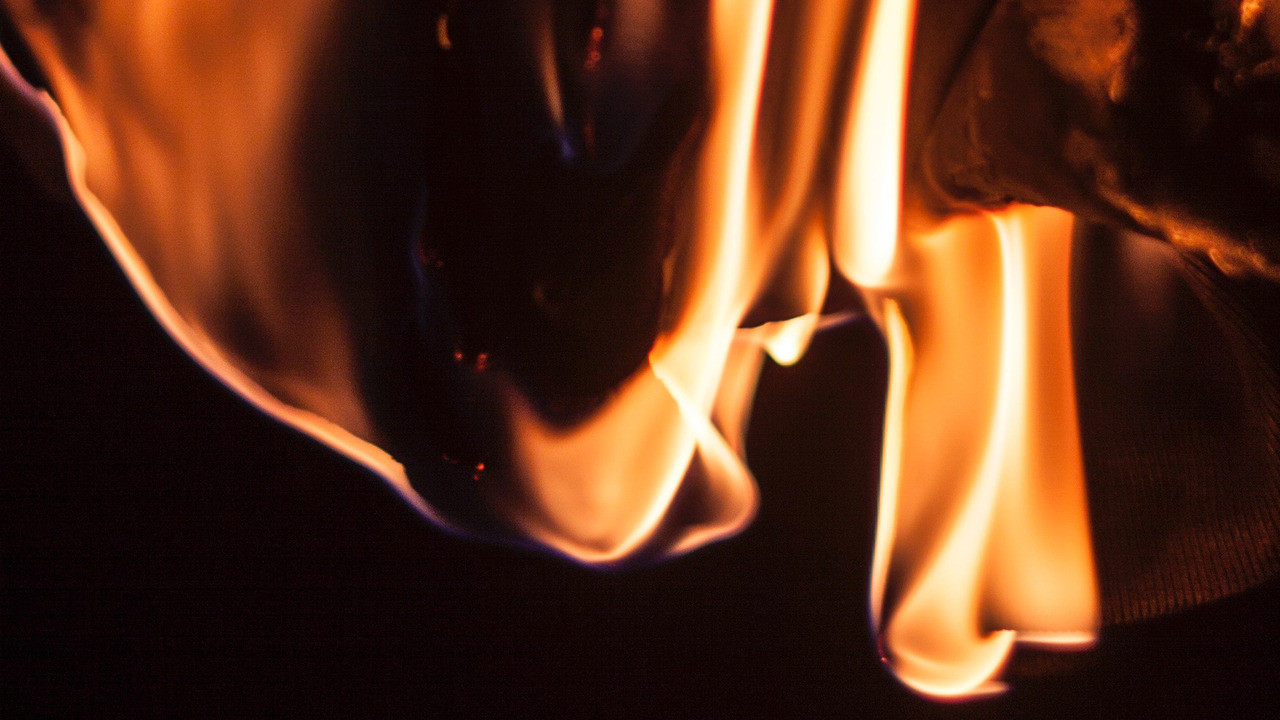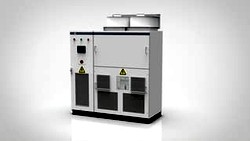A rarely known type-test for electronic energy meters is the glow-wire test (GWT). It's described in IEC 60695-2-11, actual rev3 2022, Glow-wire flammability test method for end products (GWEPT).
This test is also included in our FAT (factory acceptance test) procedure.
Importance for Safety
The glow wire flammability test is used to simulate the effect of heat that may occur in malfunctioning electrical energy meters, such as when components are overloaded or glowing. The results of the tests allow us to compare the ability of materials to extinguish flames and not produce particles capable of spreading fire.

What is a Glow-Wire Test?
Many methods for evaluating material flammability and fire resistance have been developed over time. They include both direct flame and indirect flame testing procedures.
The UL 94 requirements provide an example of the direct flame approach. Under controlled settings, a flame is applied directly to the energy meter housing in this widely acknowledged test procedure.
The indirect flame approach, in opposite, employs a non-flaming heat source that is applied to a sample. This is done with the glow-wire test. This approach is used by the IEC 60695-2-11:2021 to compare the materials' ability to resist ignition, self-extinguish flames, and not disseminate fire by dripping.
PASS or FAIL criteria
Passing the test requires that the sample does not ignite or self-extinguishes within 30 seconds after removal of the heated element. The sample may also not ignite the paper tissue if drips occur.
What are the Settings for Energy Meters?
Pre-treatment is 24 hours at 23 °C with 50 % relative humidity. The temperature settings (IEC 60695-2-1) are 960 °C for the terminal block and 650 °C for meter case and cover. The duration is always 30 seconds and the force one Newton. Since it's a bit hard to explain, take a look at the video. It shows only the part, once we have reached the test temperature. Rising the temperature is slowly done by increasing the current in the glow wire. It takes several minutes.
We see smoke rising. This is normal, since the test temperature is far above the melting point for the plastic material. What we don't see is any open flame and dripping plastics. So we are much better than the given PASS requirements.
This test is done acc. to IEC 60695-2-12 and associated with raw material used in the end product. This property is determined by conducting the glow wire test on a test plate of a raw material of a given thickness of 1.5 mm or the thinnest wall thickness of the completed meter.
Takeaway
The glow wire test is a physical thermal testing test method for plastics. It assures that the plastics are not burning after removing the heat source.
All plastic materials for CLOU meters are tested on batch base as part of the incoming goods inspection. This assures, that we can PASS the glow wire test in any type-test laboratory worldwide.
If you have questions related to our products and test procedures, please contact our wonderful team of experts.
Editor's note: This article was originally published in March 2023 and has been updated for comprehensiveness.





All comments are moderated before being published. Inappropriate or off-topic comments may not be approved.